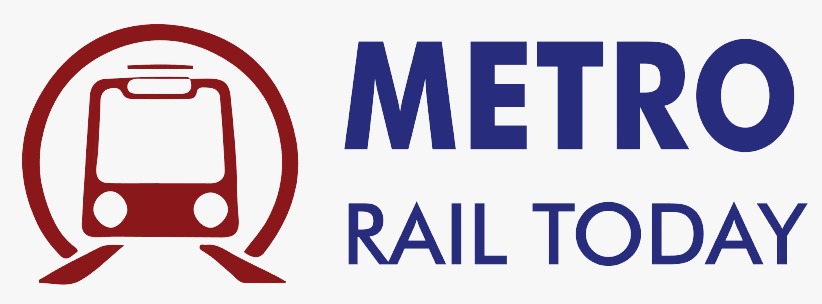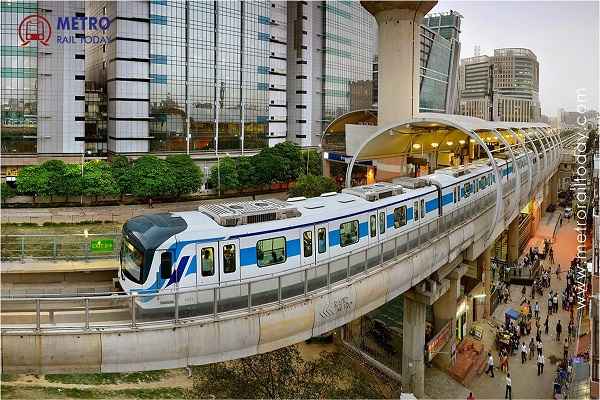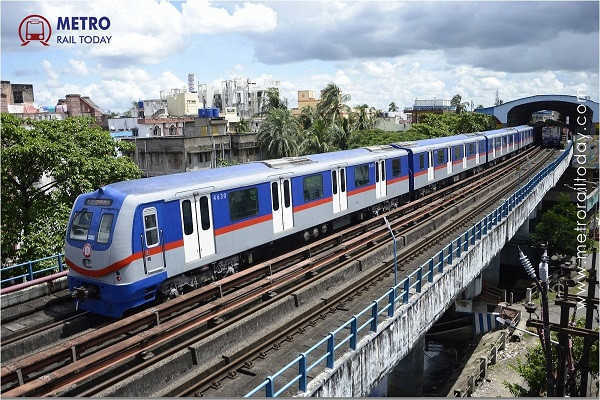 Know latest progress of Kolkata Metro Expansion, 20 km length stuck over land issues
Know latest progress of Kolkata Metro Expansion, 20 km length stuck over land issues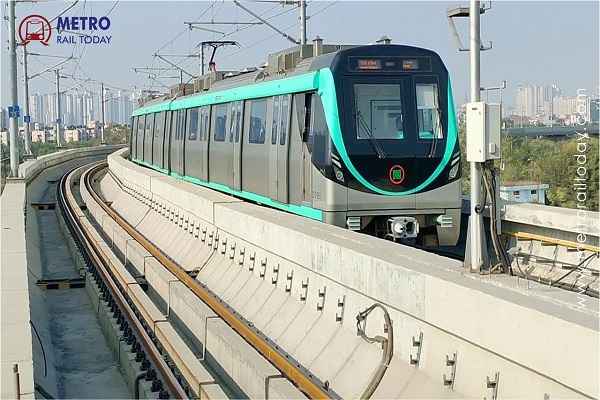 Ayesa India wins Design Consultancy Contract for Noida Metro Aqua Line Extension
Ayesa India wins Design Consultancy Contract for Noida Metro Aqua Line Extension Vossloh Cogifer bags Track Infrastructure Contract for Delhi Metro Phase 4 Corridors
Vossloh Cogifer bags Track Infrastructure Contract for Delhi Metro Phase 4 Corridors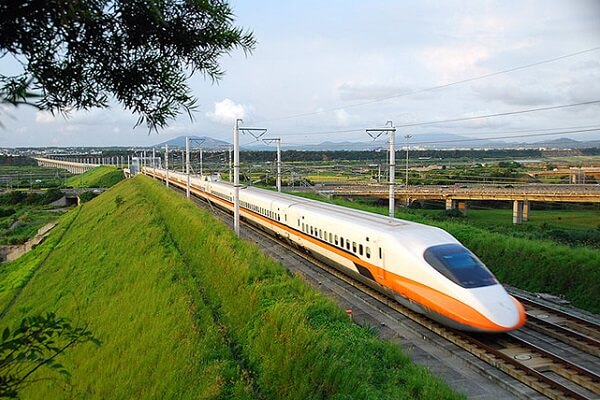 Railway finalised revised alignment for ₹16,000-crore Pune–Nashik Semi High-Speed Rail Corridor
Railway finalised revised alignment for ₹16,000-crore Pune–Nashik Semi High-Speed Rail Corridor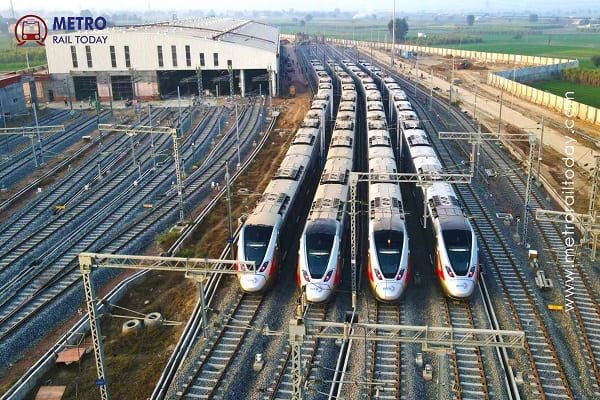 India’s First High-Speed, Signalling-Integrated CMV launched for Namo Bharat RRTS Corridor
India’s First High-Speed, Signalling-Integrated CMV launched for Namo Bharat RRTS Corridor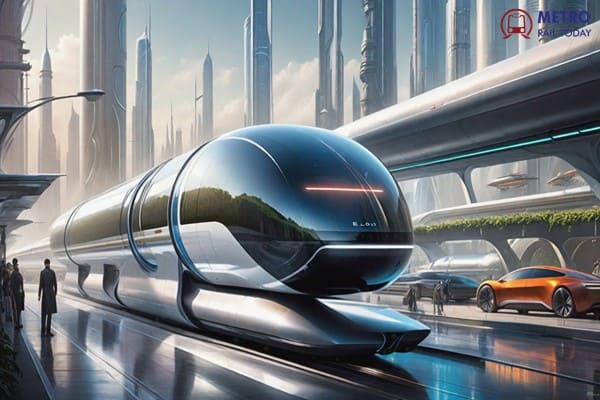 TuTr Hyperloop secures First-Ever Order from Deendayal Port Authority
TuTr Hyperloop secures First-Ever Order from Deendayal Port Authority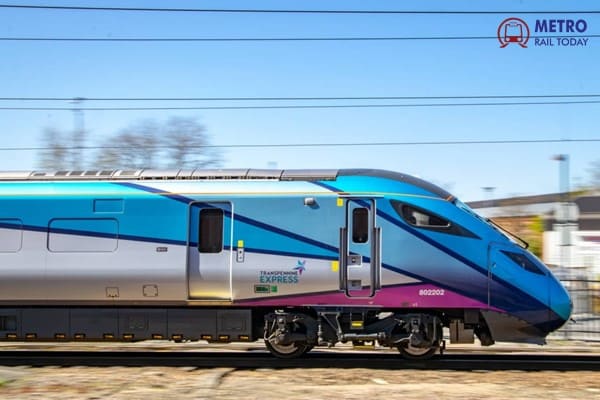 BEML bags ₹157 Crore Order from Loram Rail for Switch Rail Grinding Machines
BEML bags ₹157 Crore Order from Loram Rail for Switch Rail Grinding Machines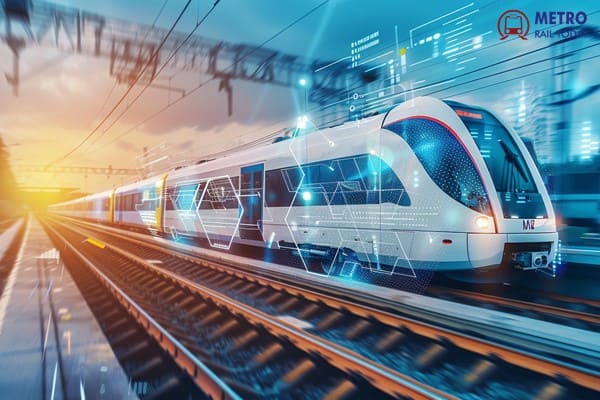 MxV Rail and KRRI forge Global Research Alliance to accelerate Next-Generation Rail Technologies
MxV Rail and KRRI forge Global Research Alliance to accelerate Next-Generation Rail Technologies Uttarakhand seeks Pre-Feasibility Study for Meerut-Haridwar-Rishikesh RRTS Corridor
Uttarakhand seeks Pre-Feasibility Study for Meerut-Haridwar-Rishikesh RRTS Corridor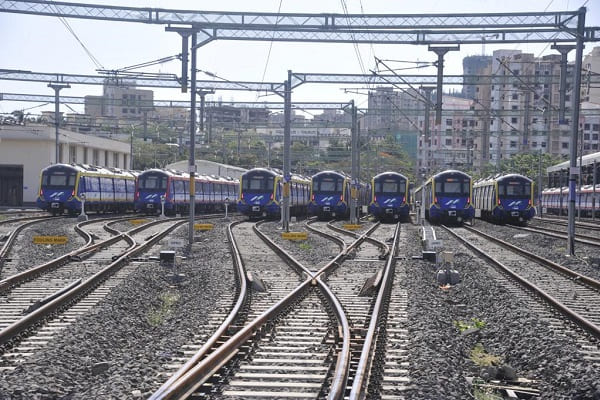 RIFTEK achieves major milestones in partnership with Indian Metro Rail Systems
RIFTEK achieves major milestones in partnership with Indian Metro Rail Systems
Public Investment Board approves two new RRTS corridors worth ₹65,000 crore
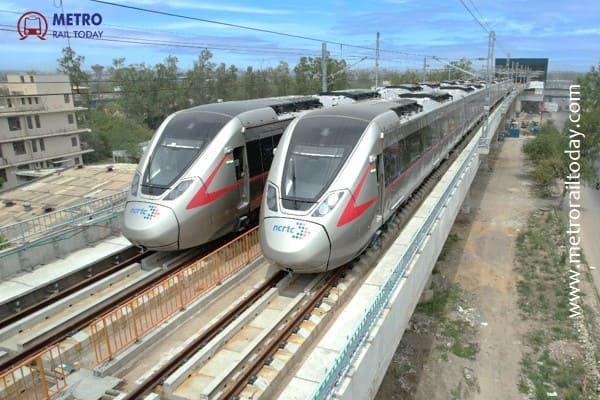
New Delhi, India (Metro Rail Today): In a major breakthrough for regional mobility in the National Capital Region (NCR), the Public Investment Board (PIB) has approved two ambitious Namo Bharat (RRTS) corridors connecting Delhi with key Haryana cities including Gurgaon, Manesar, Rewari, Sonipat, Panipat and Karnal. Together valued at an estimated ₹65,000 crore, the mega projects will now be placed before the Union Cabinet for final approval.
The proposals had been stuck for months owing to funding disagreements with the previous Delhi government. The PIB’s clearance finally unlocks progress on two of India’s most crucial high-speed regional rail corridors under the country’s rapidly expanding RRTS programme.
Two High-Impact Corridors for NCR
According to the Ministry of Housing & Urban Affairs (MoHUA), the two corridors cleared by PIB include:
1. Sarai Kale Khan – Bawal RRTS Corridor (93 km; ₹32,000 crore)
Planned to run from central Delhi to southern Haryana via industrial nodes like Manesar, Dharuhera and Bawal, the first phase will cover approximately 107 km up to SNB Urban Complex. The full corridor is expected to include about 22 stations along the NH-8 alignment.
2. Sarai Kale Khan – Karnal RRTS Corridor (136 km; ₹33,000 crore)
Stretching northwards from Delhi via Sonipat and Panipat before terminating at Karnal, this corridor’s detailed project report (DPR) is already complete. The 136.3 km route has been divided into three tendering sections—Sarai Kale Khan to Alipur, Alipur to before Samalkha, and Samalkha to Karnal New ISBT.
Both corridors will originate from the Sarai Kale Khan Mega Terminal, which will serve as the hub for all three Namo Bharat corridors, including the operational Delhi–Ghaziabad–Meerut line.
Push for Value Capture and Transit-Oriented Development
The PIB has also asked Delhi and Haryana to jointly adopt Value Capture Financing (VCF) mechanisms to fund parts of the projects. VCF enables governments to monetise the rise in land value generated by major public transport investments — an approach increasingly used worldwide for metro and rapid rail financing.
The participating states have additionally been advised to promote Transit-Oriented Development (TOD) and establish Unified Metropolitan Transport Authorities (UMTAs) for coordinated urban mobility governance. MoHUA is currently revising its TOD policy to ensure smoother integration of urban development with high-speed transit corridors.
Reacting to the PIB clearance, Mrs. Mamta Shah, MD & CEO of Urban Infra Group, said:
“The approval of these two RRTS corridors marks a defining moment for NCR’s mobility ecosystem. The Delhi–Gurgaon–Bawal and Delhi–Sonipat–Panipat–Karnal lines will reshape daily travel, reduce road pressure, and drive economic activity across multiple growth nodes. This is transformative, future-ready infrastructure that will benefit the region for decades.”
A Major Boost for NCR’s Future Mobility
The two proposed corridors are expected to dramatically reduce travel time across Delhi–Haryana, cut congestion on NH-8 and NH-44, and unlock new industrial and residential growth along the extended Delhi–Gurgaon–Manesar–Rewari and Delhi–Sonipat–Panipat–Karnal axes.
Prime Minister Narendra Modi recently emphasised that improved political alignment across NCR states would accelerate mobility and infrastructure development. With both RRTS corridors now advancing toward Cabinet approval, NCR is set for its largest-ever upgrade in regional connectivity.
